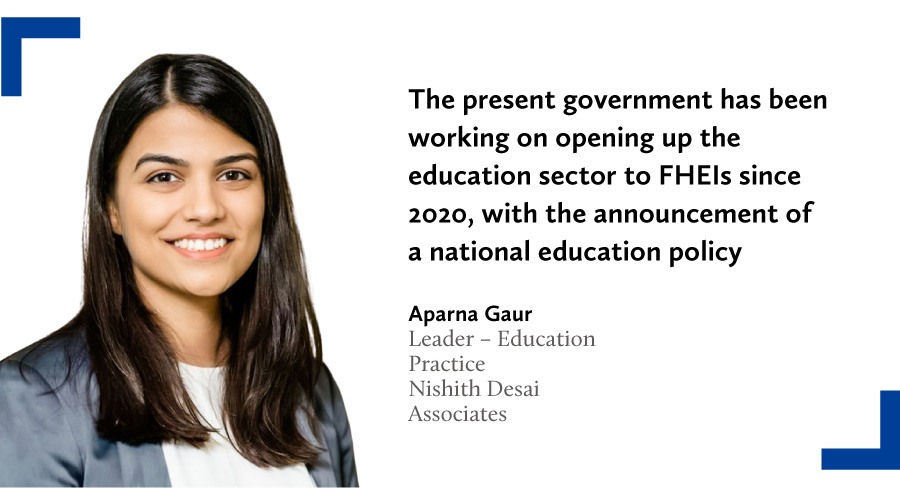Is the liberalisation of India’s education sector a lesson in how not to open a market? Indrajit Basu reports.
In early January, India approved a plan to allow foreign universities to open campuses in the country as part of efforts to boost education and foster multidisciplinary research to strengthen the economy.
In October last year, India also authorised foreign universities to build overseas branch campuses in the International Financial Services Centre (IFSC) at Gujarat International Finance Tec-City (GIFT). These universities would not have to abide by the domestic regulations for the education sector, the government said.
When in opposition, Prime Minister Narendra Modi’s ruling party had for years opposed the previous government’s attempts to open up the sector to overseas Foreign Higher Educational Institutions (FHEIs), although many educators had advocated for the change. They argued that hundreds of thousands of Indian students (650,000 in 2022) moved abroad each year, spending an estimated USD3 billion per year outside the nation for their higher education.
The dearth of quality teaching and research in the bulk of India’s higher education institutions was the driving force behind these students’ decisions to seek greener pastures abroad. However, if India opens up, industry experts reasoned, Indian students will benefit from access to world-class education from the world’s top-ranked colleges and higher education institutions.
But while there may now be light at the end of the tunnel, that tunnel appears to be long, and many wonder how much of an impact the policies will have.
“The present government has been working on opening up the education sector to FHEIs since 2020, with the announcement of a national education policy,” says Aparna Gaur, leader – education practice at Nishith Desai Associates (NDA) in Mumbai. “Already, following the Setting up and Operation of International Branch Campuses and Offshore Education Centres Regulations, 2022, two Australian universities have received approvals to set up campuses in GIFT City. With the draft University Grants Commission (UGC) regulations, the government has taken another step in this direction.”

You must be a
subscribersubscribersubscribersubscriber
to read this content, please
subscribesubscribesubscribesubscribe
today.
For group subscribers, please click here to access.
Interested in group subscription? Please contact us.


























